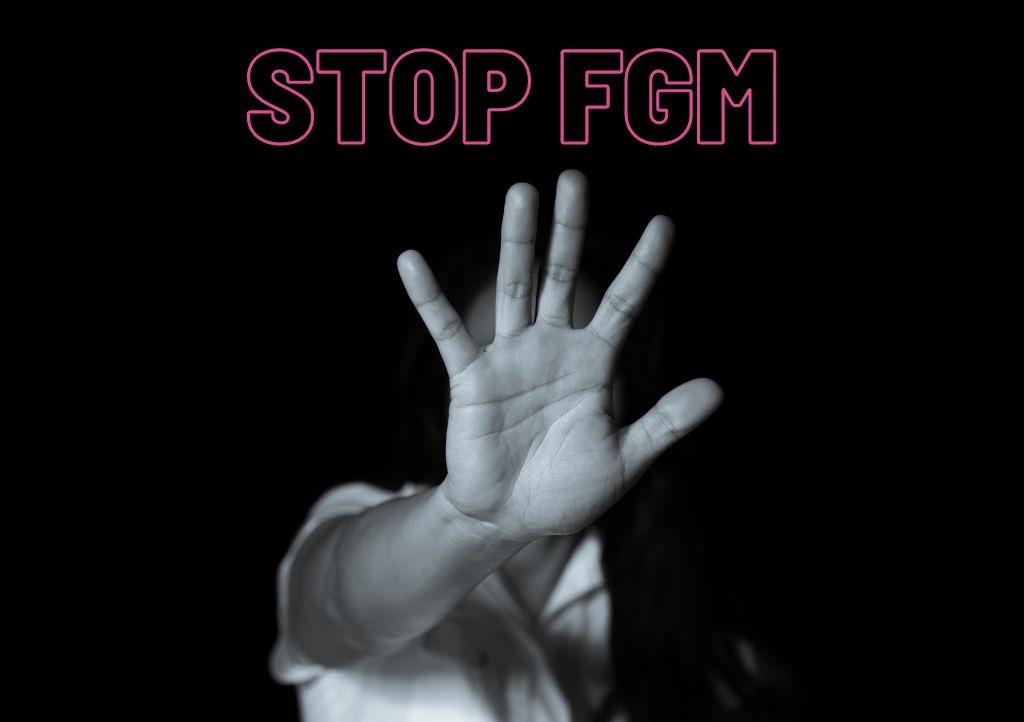Advice For Schools, Safeguarding
Female Genital Mutilation (FGM), Language, Disconnect and Safeguarding Culture
Jo Perrin, Safeguarding Adviser at Services For Education, discusses the impact of language on FGM education, with focus on recent initial findings from a language project with The University of Birmingham
Safeguarding is a vast topic.
We strive to keep our staff updated with information, statistics and practical guidance around a number of specific safeguarding issues that might be encountered in our settings.
This list of issues is ever-growing as our understanding of safeguarding becomes more nuanced. This is great in terms of keeping people safe, but there is a real risk of important topics slipping out of focus.
Female Genital Mutilation (FGM) Then and Now
One topic that has had huge prevalence on local and national training agendas in the past is Female Genital Mutilation (FGM).
But as newer issues have grown in coverage, references to FGM have become fewer in number.
Unfortunately that doesn’t mean the concerns over FGM have gone away.
NHS data shows that between April 2015 and March 2022, 30,335 new cases of FGM were recorded in the NHS England digital enhanced dataset.
Female Genital Mutilation is often a very well-hidden harm.
Communities often do not talk about it openly, not only because it is an illegal act, but also because, for those who belong to communities that may have traditionally practiced this act, our professional language of “mutilation” can often create more barriers to open discussion.
This makes our work in safeguarding children both more challenging and more crucial than ever.
What Can Schools Do?
To give context, according to some 2015 research in the UK it was estimated that
137,000 women and girls with FGM were permanent residents in England and Wales in 2011, including an estimate of 60,000 girls aged 0-14 who were at risk as they were born to mothers with FGM (Macfarlane and Dorkenoo, 2015).
So how do we address this with our staff, to keep the subject at the forefront of their minds? To embody the principle of Working Together to Safeguard Children 2018 that “Safeguarding is everyone’s responsibility”?
Key questions you might want to consider in your setting include:
- How often do you refresh your training on the law around FGM, including the mandatory reporting duty?
- What support and examples do you give staff in what signs and symptoms to look out for, given that a verbal disclosure might be rare?
- When do you raise concepts of unconscious bias, the law, and equality and diversity with staff?
- Do you really talk about how “what is wrong for child X is wrong for child Y,” no matter the child’s ethnicity, religion or perceived “cultural belonging?”
- What does that training look like?
- Where, how often and using what resources and language do you include information on FGM in your curriculum?
Birmingham Against FGM
At Services For Education we are always keen to share our safeguarding expertise with other partners, to work together to support communities.
I am a member of BAFGM (Birmingham Against FGM), a group of professionals from various fields working together to support affected communities and raise awareness about the dangers of FGM.
One long-term aim is to better safeguard young people from the commission and consequences of FGM, and to improve their lived experience by improving the RSHE and safeguarding provision on offer.
I have been working with colleagues from the University of Birmingham and wider multi-agency professionals on a project aiming to identify and reduce the potential disconnect between the language presented in materials used to teach about the harms of FGM and the way in which it resonates with young people and the wider community.
FGM and Language Project Initial Findings
We have already identified themes that occur or that are missing in many of the commonly used FGM educational resources, and have led a working group with colleagues from the children’s workforce to discuss our findings and to talk through school staff’s lived experience of delivering these materials.
The Positives
- Many resources do debunk myths around FGM including its association with religion, medicalisation, health and hygiene.
- There is some optimistic language used around life after FGM.
- There is reference to safeguarding within resources.
However, research to date has highlighted some less secure areas in FGM educational resources, where there is slightly less clarity around the language used.
Room For Improvement
- When discussing what bodies “should” be like, resources might trigger body consciousness.
- Language around FGM being to do with “control” confuses the ideas of females being controlled and of controlling themselves.
- The language around protection can mean females are projected as vulnerable and in need of protection.
- Language around “protecting tradition” further confuses things, as tradition, religion and culture are often treated as the same thing, when they actually have very specific meanings.
- Traditions describe a group’s beliefs and behaviours that have been passed down from one generation to another.
- Culture describes the shared characteristics of the entire group, which has been amassed throughout its history.
- Religion is the belief system directed towards the supreme deity and yet this is something that may or may not be accepted by each person in a culture.
All of these can prove problematic in educating and supporting young people.
- Researchers have also uncovered many unaddressed, but important, concepts, such as the roles of men and boys in the continuation or discontinuation of FGM, the impact on relationships where a woman has undergone FGM and the role of engaging with parents when teaching about the subject.
- Problematic language has also been uncovered – such as the use of euphemisms and vague or figurative language.
- Some resources even contained misleading or outdated information.
Next Steps
Our funded research is now looking towards the next phase of the project, which will involve focus groups of young people within schools, followed by reports of feedback which we will share with materials developers.
Long-term we want to drill down on what impact the language used in educational resources has on understanding, and what language connects with young people and their families.
Also we are noting if there is any language that leads to divide or a sense of otherness, for example.
Our end goal is to identify resources that have more sensitivity and clarity and potentially long-term to develop specific resources, but we can’t do that until we have done this vital piece of in-depth work, being led by linguistic professors from the University of Birmingham.
Summary
FGM is a topic that needs to be brought out into the light. It needs to be continually visited by schools and by anyone who has a responsibility to safeguarding children.
In thinking about the way we choose to discuss and teach about these subjects, we can have a very real affect on how children, and other adults see them.
If you have been interested in this snapshot and are representing a secondary school who would like to be involved in our next stage of research – please don’t hesitate to contact me on jo.perrin@servicesforeducation.co.uk.


 Lucie Welch – Adviser, Services For Education
Lucie Welch – Adviser, Services For Education Jo Perrin - Adviser, Services For Education
Jo Perrin - Adviser, Services For Education
 Marsha
Marsha 


